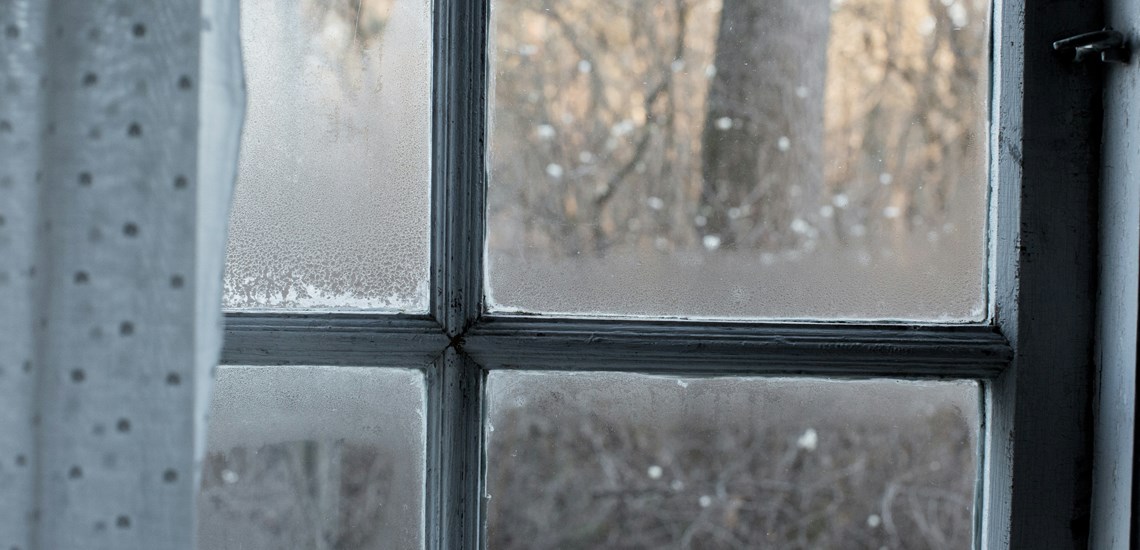Common Defects Identified in Home Surveys (and How to Avoid Them)

When buying a new property, it is important to have a survey to help identify any defects which could end up costing you more money. Homeowners will try and hide the defects as they want to sell their property.
Condensation can easily be covered by painting over the area or putting something in front of it, so it is not as easily visible. If condensation is not treated, this leads to mould and damp issues within the property which can be costly to repair. This means walls could need replastering which needs to take 6 weeks or more to dry out before you can start to decorate but only then can you use a special paint as wallpaper is not suitable.
Large trees may look lovely in the front garden but if they are too close to the property their roots could be damaging the structure of the property, their leaves could also be blocking the guttering which could lead to further problems.
It is also important to check the roof structure for damage, missing tiles or damaged pointing which could mean water could be leaking into your home, which in turn could lead to mould.
Structural damage can be costly, but some properties do move. Providing this is long standing and non-progressive, the property is in good condition, and you shouldn’t have any concerns, however, it is important to check.
It is important to have a survey included on new properties to check the condition of the property for your own peace of mind. A mortgage valuation is only for the lender to check the house is sufficient for the loan you are borrowing from them. In some instances, a qualified surveyor has not visited the property you are buying, they have completed an assessment of the property and determined the value and condition of the property based on data. You wouldn’t expect to buy a car without a MOT or having it checked by a professional so why would you buy a home without a professional looking at it? Your new home is more expensive than a new car, so why risk it?